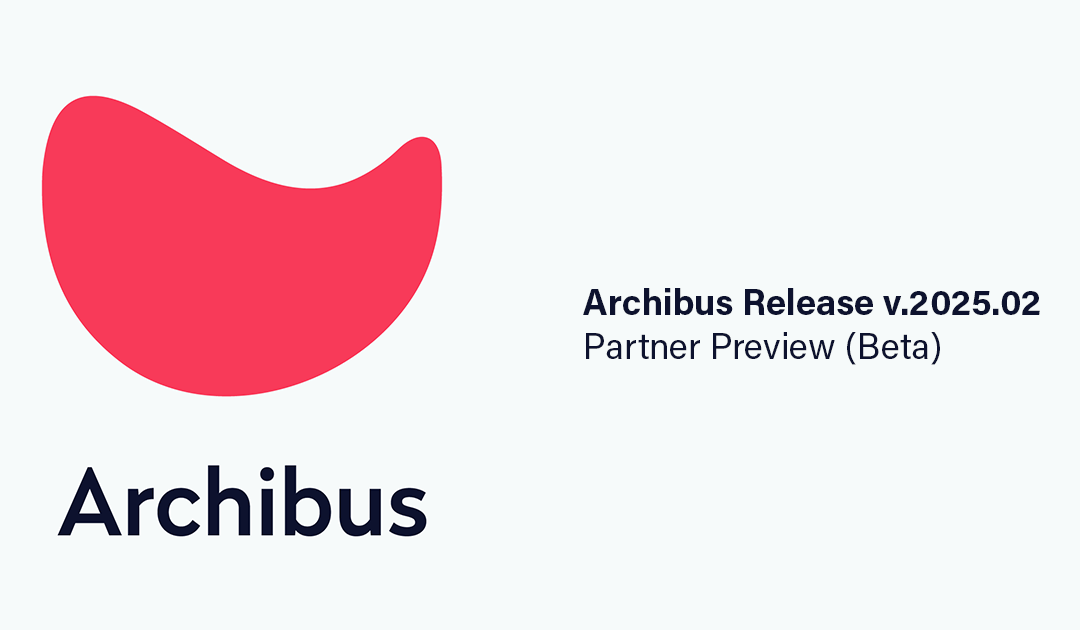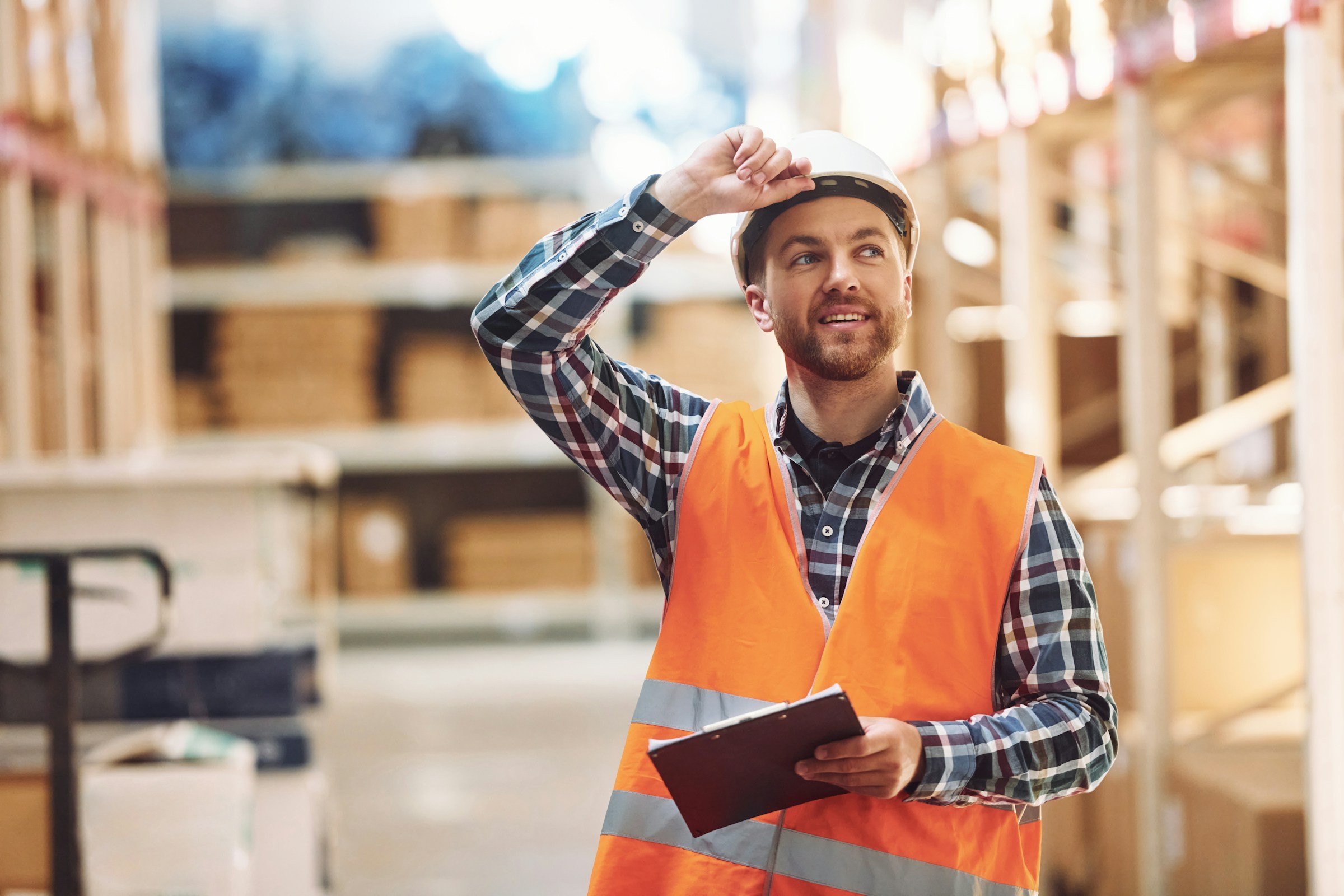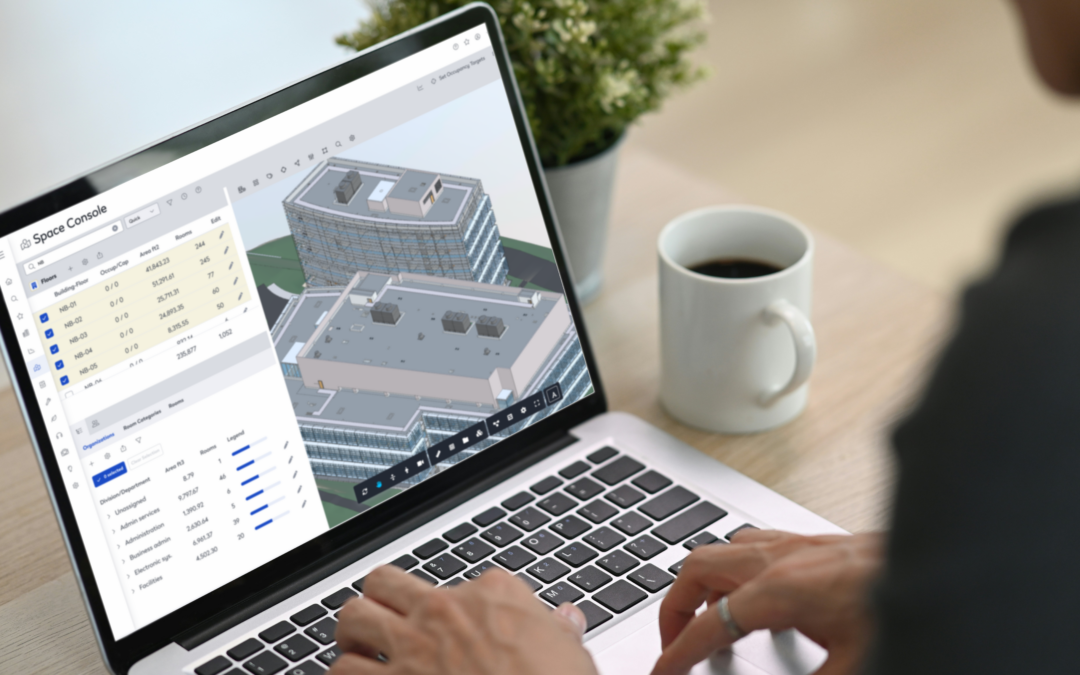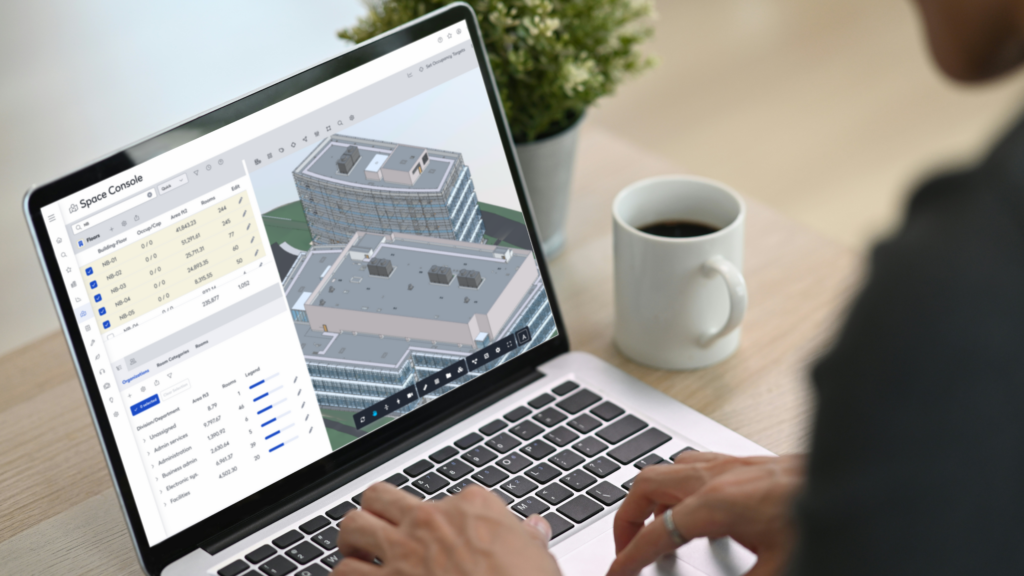
New Archibus Release v.2025.02 Partner Preview (Beta release)
Eptura has just announced the v.2025.02 Partner Preview (Beta) release, with the official release slated for this December.
New enhancements
- Fresh Look & Feel – New Archibus logo and modern UI styling across the platform.
- Onsite Condition Assessments – New Condition Assessment module.
- Workplace Team Day Bookings & Room Arrangements – Team managers can book for entire teams. Reserve any room arrangements and configurations.
- Space Neighborhoods – Introducing neighborhoods
- SmartClient Publishing Updates – SmartClient uses APIs to publish floorplans
- Platform Updates – Upgraded to Spring Framework 6.1, Tomcat 10 support, and Outlook/Exchange integration via Graph API.
More details
WebCentral
Brand & User Experience
- New Archibus Logo – Updated branding for a modern look.
- UI Enhancements – Refreshed styling across the entire product for a cleaner, more intuitive experience and aligned with the Eptura styling.
- Floorplan Viewer – Improved loading messages, updated icons, and enhanced usability.
WebCentral & System Administration
- Login Activity Report – Administrators can now access reports of Web Central user login activity.
Government Solutions
- SmartClient Integration – Floorplans are now published to the enterprise graphics folder via REST APIs (replacing SFTP).
- Secure File Upload – System Administrators can upload files and documents directly to the in-boundary folder from the Web Central UI.
Platform Core
- Framework Upgrade – Upgraded to Spring Framework 6.1.
- Server Compatibility – Archibus v.2025.02 is upgraded to Tomcat 10. It’s does not support Tomcat 9 anymore.
Workplace
- Team Day – Team managers can view team calendars, book for the entire team, and define ad-hoc teams.
- Room Arrangements – Book meeting spaces with alternative room setups beyond the default configuration.
Outlook Plug-Ins
- Graph API Migration – Outlook and Exchange integration now uses Microsoft Graph API.
- Enhanced Room Arrangement Support – Multiple default arrangement types supported via the Outlook web add-in.
Space
- Neighborhoods – Introduced the concept of neighborhoods in the Space Occupancy application.
- Organizational Hierarchies – Improved drag-and-drop functionality, sorting, and interaction for defining organizational structures—paving the way for unlimited hierarchy support in future releases.
BIM Viewer
- Platform Upgrade – Updated to Autodesk Platform Services v7.109.2 for improved stability and cache-clearing capabilities.
- Trace BIM Systems – Enhanced filtering, highlighting, and user interaction for asset systems.
Maintenance
- Service Desk Details – Questionnaire responses now displayed in work request details.
- Bulk Operations – Streamlined bulk issuing and scheduling for large volumes of work requests.
Onsite
- Condition Assessment Module – Field assessors can now complete assessment items directly.Equipment Enhancements – Search and display equipment descriptions; view previous measurement data via checklist questions.
SmartClient & Autodesk Integrations
- REST API Publishing – SmartClient now publishes floorplans to the enterprise graphics folder via REST APIs (replacing SFTP).
Beta package and access
This Beta release is feature complete but is not tested nor considered stable nor for production use. It provides an early preview of features and database schema changes so Business Partners can plan their future sales and account management efforts.
Available for download from FTP are the following files:
- WebCentral v.2025.02 Partner Preview (Beta) WAR file
- SmartClient v.2025.02 Partner Preview (Beta) WAR file
- v.2025.02 Beta HQ and Schema, and sample databases (MSSQL)
- Demo license
You may access the Partner Preview (Beta) by downloading and deploying on your premises, or you may access the SaaS version at
https://bpdemo.archibus.cloud.
Next steps
The product and engineering teams continue to work on finalizing the v.2025.02 release for the next weeks, tentatively targeting December for the official release.













